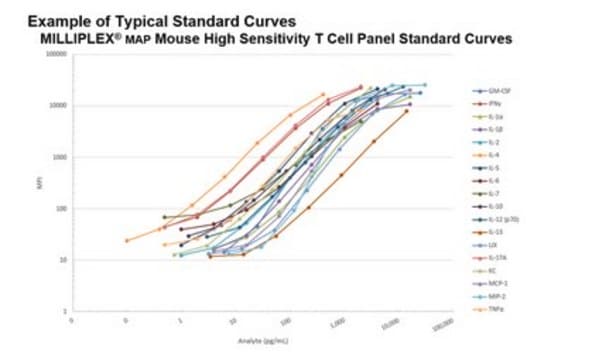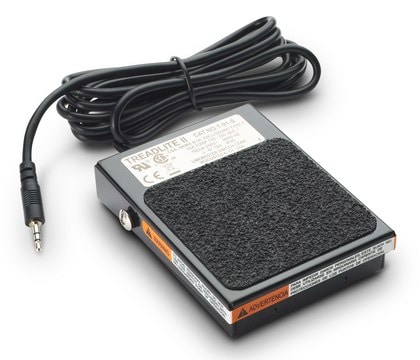I have provided some information that should assist you with your project. There is a protocol available that describes how to create a brain homogenate, including the appropriate concentration. Additionally, I have included a research paper on rat brain with a comprehensive methods section; however, we do not have one available for mouse. You will also find our general guide to buffers. Determining the total protein to add for the assay will depend on the specific experimental conditions. Nevertheless, our cytokine kits offer a wide standard curve range, and considering the sample type, using a more concentrated sample in the assay is likely the best approach. Although we do not use tissue samples in our kits, we have not established the appropriate sample concentration for this. Drawing from our cell signaling kits, which utilize cell lysates, it is recommended to use between 1 and 25 ug of total protein per well in the assay, which may serve as a good starting point for you. In terms of a protease inhibitor, we recommend using the Sigma protease inhibitor cocktail P2714, which should be hydrated in 100 mls of water per bottle and is a 100X stock.











